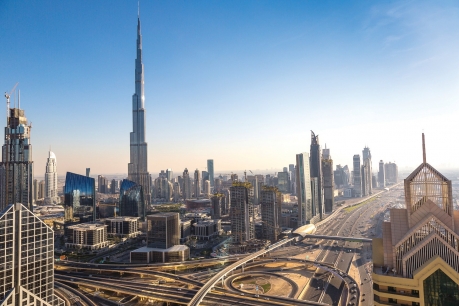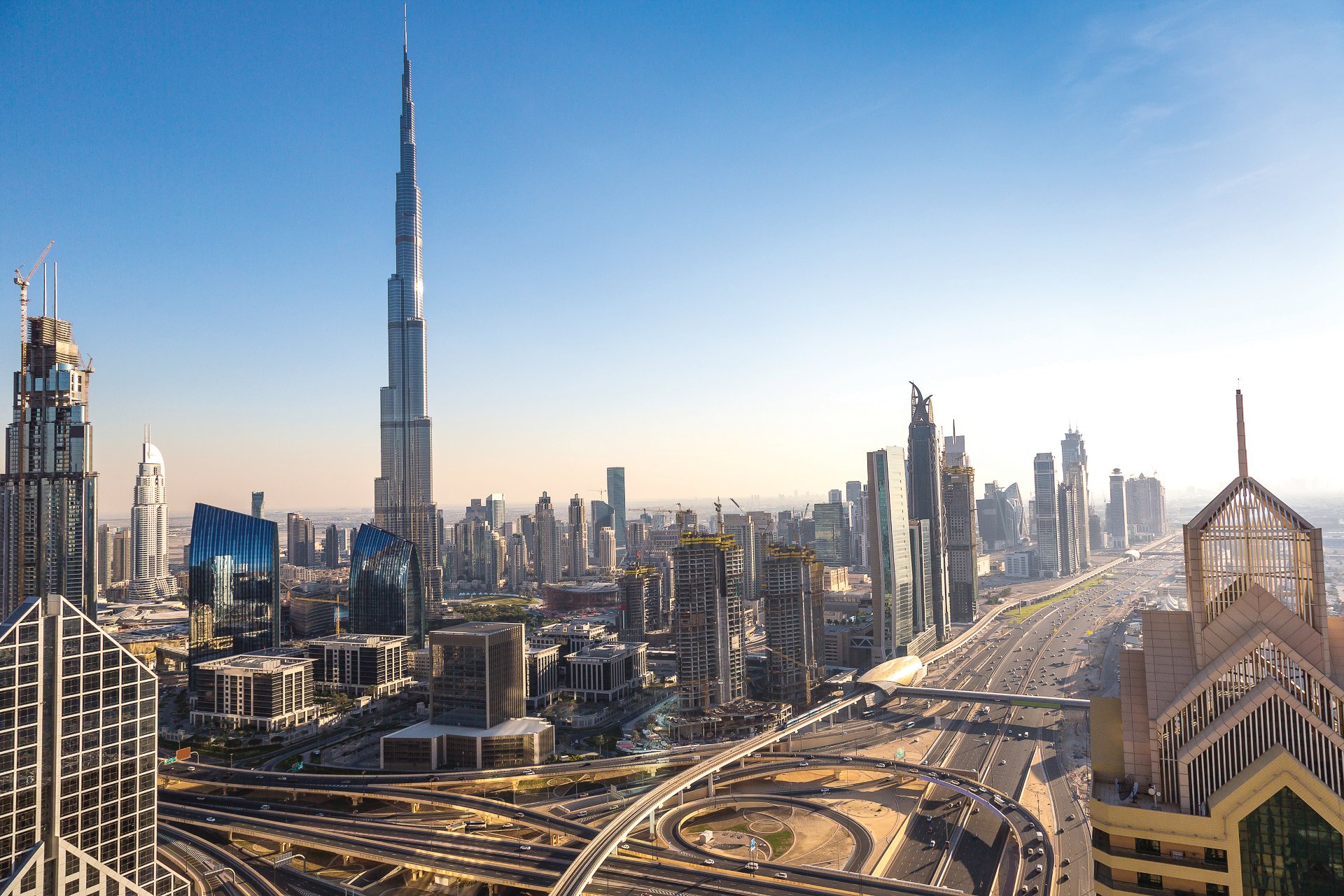DOWNLOAD
2 min read • Travel & transportation
Interview with Mattar Al Tayer, Director general & Chairman of the Board of Executive Directors of the Road and Transport Authority (RTA)

As Chairman for RTA, how would you describe the urban mobility sector in Dubai?
The urban mobility sector in Dubai is dynamic. Change is constant, and adapting to change is what the RTA is striving for. This helps the entity plan and deliver the transport infrastructure and services for the emirate in a flexible way.
Thanks to the vision of HH Sheikh Mohammed Bin Rashid Al Maktoum, Vice President and Prime Minister of the UAE and Ruler of Dubai, the RTA has been able to develop an advanced and integrated transport network and services, which have resulted in the public transport mode share reaching 16% in 2016 from 6% in 2006, when the RTA was established.
RTA’s long-, medium- and short-term multi-modal transport plans are developed and continuously updated based on the economic and urban growth of Dubai. Clearly, this growth will lead to significant increases in population and employment, and consequently to continuous growth of Dubai’s road and public transport infrastructure and services.
RTA tackles urban mobility in a holistic approach through concentrating on the physical and digital integration of transportation infrastructure and services. In this context, RTA is currently working on the development of “Dubai Integrated Mobility Platform, DIMP,” which aims to provide a one-stop shop for all of the available and potentially emerging mobility services, including public transport, taxi and e-hail services.
RTA is also delivering the “Enterprise Command Control Center, EC3”, which aims to optimize and synergize the operation of all transport modes at the Dubai city-wide level.
What lessons learned would you like to share with other leaders on RTA’s journey in this rapidly changing mobility ecosystem?
The main lessons that we would like to share include:
- Clear visions and plans come at the top of success factors. Everybody in the organization shall direct his efforts to the same vision.
- Timely and informed decision-making is also a key success factor for delivering projects within planned time, budget and quality, and for achieving the goals and objectives of the organization.
- Timely planning and execution of projects, which has helped us deliver an advanced, smart and sophisticated transport network. Careful planning and programming puts us in a much better position to deal with unforeseen risks. For example, we immediately re-prioritize our focus and efforts in terms of resources, budgets and time.
- Smooth horizontal and vertical communication and coordination at different levels within RTA, and between RTA and stakeholders, are one of the main lessons learned, as well as one of the main success factors of RTA.
- We use international best practices of portfolio and project management and optimization techniques to align our priorities. • We also have adopted the overruling corporate strategic planning approach, which allows us a lot of flexibility in adapting to any new trends. We also study main risks and prepare alternative plans (scenario planning).

2 min read • Travel & transportation
Interview with Mattar Al Tayer, Director general & Chairman of the Board of Executive Directors of the Road and Transport Authority (RTA)


As Chairman for RTA, how would you describe the urban mobility sector in Dubai?
The urban mobility sector in Dubai is dynamic. Change is constant, and adapting to change is what the RTA is striving for. This helps the entity plan and deliver the transport infrastructure and services for the emirate in a flexible way.
Thanks to the vision of HH Sheikh Mohammed Bin Rashid Al Maktoum, Vice President and Prime Minister of the UAE and Ruler of Dubai, the RTA has been able to develop an advanced and integrated transport network and services, which have resulted in the public transport mode share reaching 16% in 2016 from 6% in 2006, when the RTA was established.
RTA’s long-, medium- and short-term multi-modal transport plans are developed and continuously updated based on the economic and urban growth of Dubai. Clearly, this growth will lead to significant increases in population and employment, and consequently to continuous growth of Dubai’s road and public transport infrastructure and services.
RTA tackles urban mobility in a holistic approach through concentrating on the physical and digital integration of transportation infrastructure and services. In this context, RTA is currently working on the development of “Dubai Integrated Mobility Platform, DIMP,” which aims to provide a one-stop shop for all of the available and potentially emerging mobility services, including public transport, taxi and e-hail services.
RTA is also delivering the “Enterprise Command Control Center, EC3”, which aims to optimize and synergize the operation of all transport modes at the Dubai city-wide level.
What lessons learned would you like to share with other leaders on RTA’s journey in this rapidly changing mobility ecosystem?
The main lessons that we would like to share include:
- Clear visions and plans come at the top of success factors. Everybody in the organization shall direct his efforts to the same vision.
- Timely and informed decision-making is also a key success factor for delivering projects within planned time, budget and quality, and for achieving the goals and objectives of the organization.
- Timely planning and execution of projects, which has helped us deliver an advanced, smart and sophisticated transport network. Careful planning and programming puts us in a much better position to deal with unforeseen risks. For example, we immediately re-prioritize our focus and efforts in terms of resources, budgets and time.
- Smooth horizontal and vertical communication and coordination at different levels within RTA, and between RTA and stakeholders, are one of the main lessons learned, as well as one of the main success factors of RTA.
- We use international best practices of portfolio and project management and optimization techniques to align our priorities. • We also have adopted the overruling corporate strategic planning approach, which allows us a lot of flexibility in adapting to any new trends. We also study main risks and prepare alternative plans (scenario planning).
